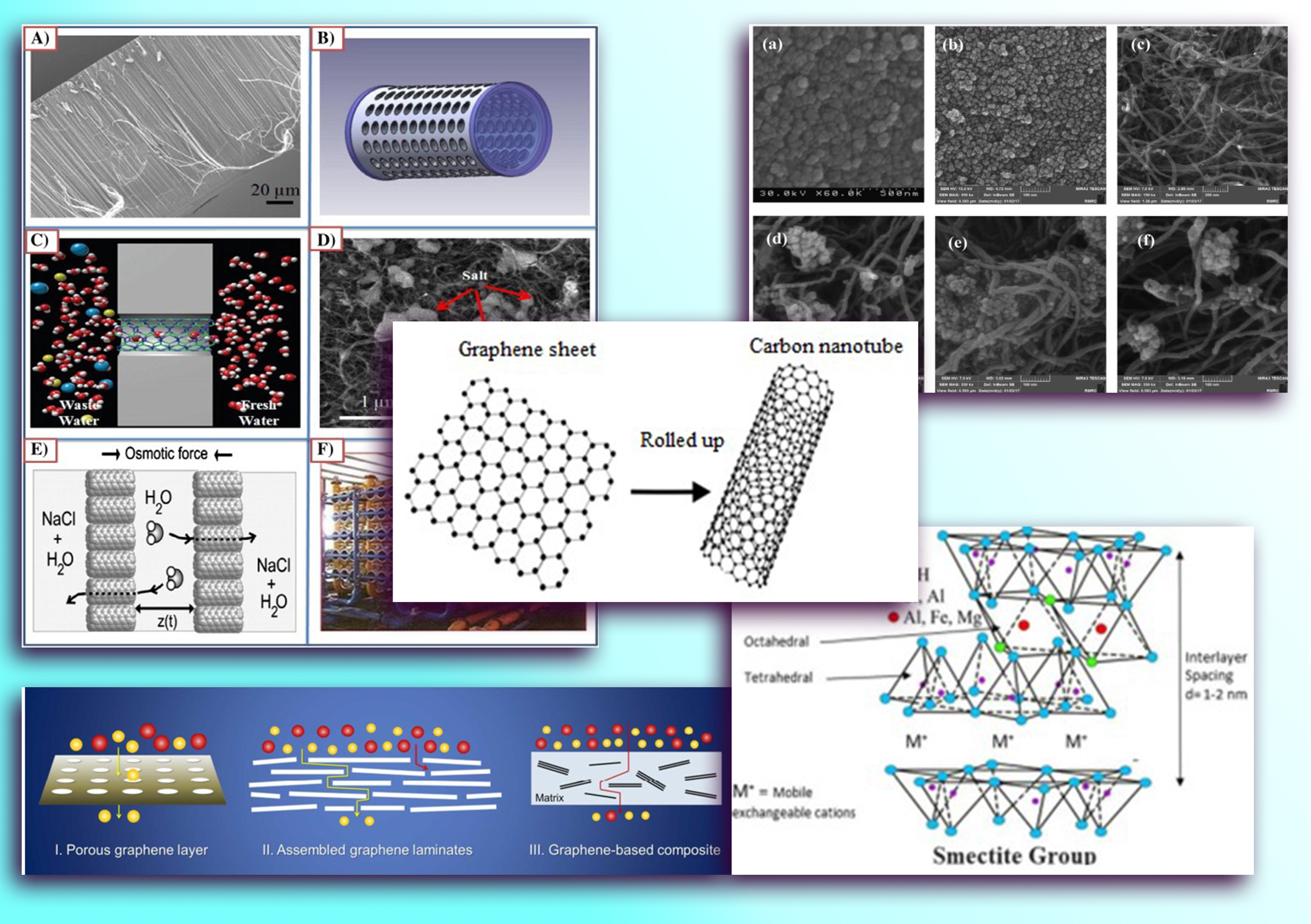An Overview of Nanomaterials in Water Purification, Health Effects and Future Aspects
##plugins.themes.academic_pro.article.main##
Abstract
Lack of pure water has become a major threat for humans from the last few decades onwards. Apart from the currently available purification methods, the world is focusing on cutting-edge technologies with promising results. As a rapidly developing field, nanotechnology is vital for many industries. Nanomaterials have emerged as a hot topic in environmental research, because of their high surface area, nano and micro interface characteristics and remediation potential. From the last few decades onwards, nano filtration methods have taken a high attention. Synthetic nanomaterials like carbon nanotubes, metal oxide nanoparticles are highly in use, while clay, and polysaccharides are naturally occurring nano structures that are being used in water filtration for a long time. Under synthetic nano materials, carbon nano materials are advantageous in the treatment of wastewater due to their wide surface area and selective character for aromatics. A variety of metal, metal/nonmetal oxide nanoparticles, such as zeolite, silica, titanium dioxide, and silver nanoparticles, have also been incorporated into polymeric matrixes. Due to their non-toxicity, biodegradability, etc., natural nanoparticles have drawn a lot of attention. This paper critically examines the nano filtration techniques now in use, their modifications, and their toxicity, particularly with regard to synthetic nanoparticles.

